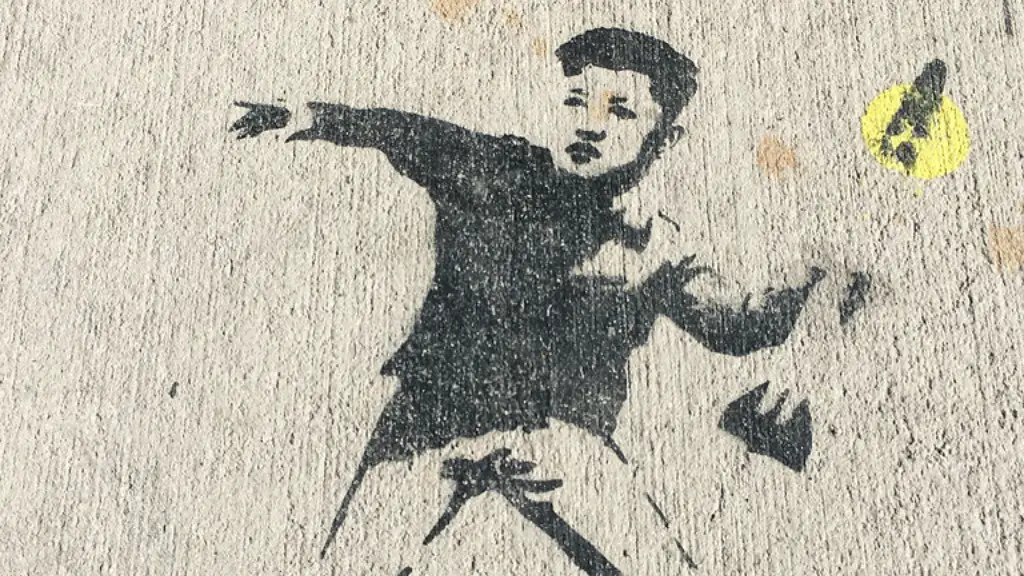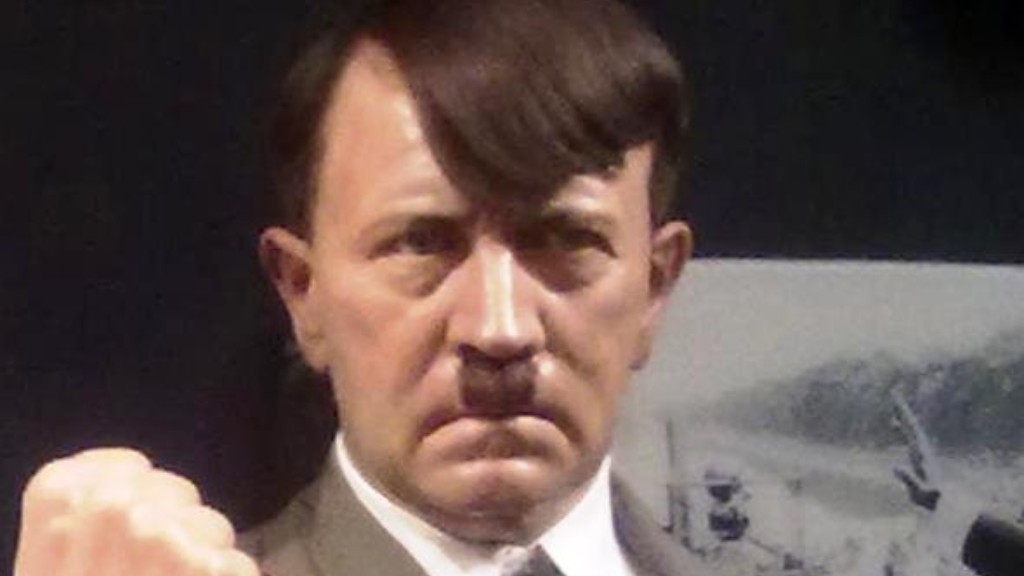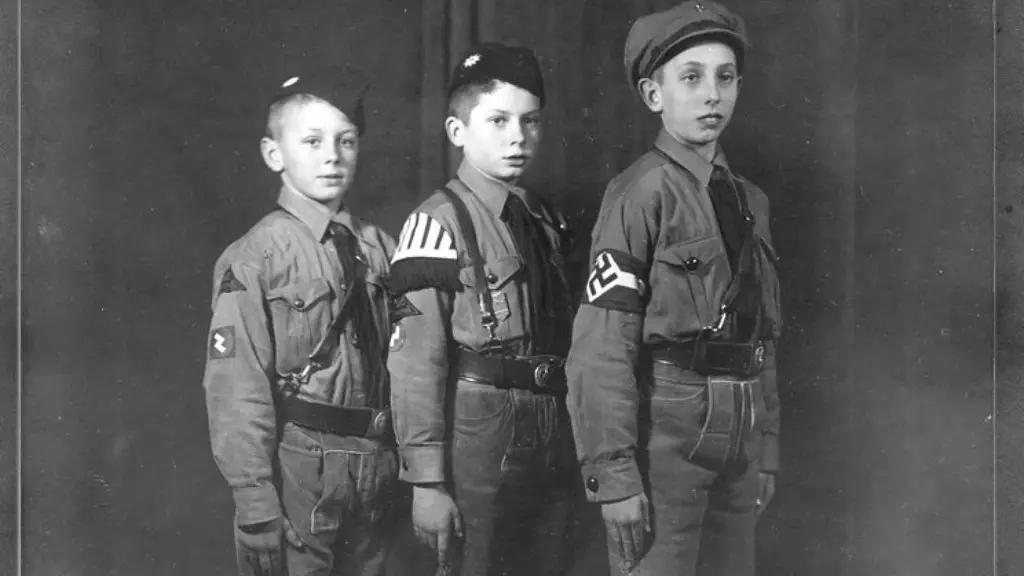Saddam Hussein was the president of Iraq from 1979 until 2003. During his presidency, Hussein used chemical weapons against several groups, including the Kurds, Iranians, and Marsh Arabs.
Saddam Hussein used chemical weapons against the Iraqi people during the Iran-Iraq War and against the Kurdish population in northern Iraq.
Why did Saddam use chemical weapons?
The Iran–Iraq War was fought between the countries of Iran and Iraq from September 1980 to August 1988. The war began when Iraq invaded Iran, and it ended when a ceasefire was reached. During the war, both sides used chemical weapons.
The first reported use of chemical weapons occurred in November 1980. Iraq used chemical weapons to stop the human-wave–attack tactics of the Iranians, who were much less prepared for such attacks. Iran responded by using chemical weapons of its own.
The use of chemical weapons continued throughout the war. In 1988, an Iraqi chemical attack killed 5,000 Kurds in the town of Halabja. This is the deadliest chemical attack in history.
The Iran–Iraq War finally ended in August 1988 with a ceasefire. Both sides had suffered heavy losses. It is estimated that about 500,000 people were killed in the war, and that chemical weapons were responsible for about a third of those deaths.
The Gulf War was a conflict between Iraq and a coalition of 35 countries, led by the United States. It lasted from August 2, 1990, to February 28, 1991.
The Iraqis were known to possess many chemical weapons at the time, but none were used during the conflict. It’s possible that the Iraqis were holding onto their chemical weapons in case of a last-ditch effort, but it’s also possible that they simply never got the chance to use them. In any case, no chemical rounds were found in captured munitions stockpiles after the war.
Did Saddam Hussein threatened to use chemical weapons
Saddam Hussein, the fifth president of Iraq, was internationally condemned for his use of chemical weapons during the 1980s campaign against Iranian and Kurdish civilians during and after the Iran–Iraq War.
Iraq has admitted to producing biological agents, and after the 1995 defection of a senior Iraqi official, Iraq admitted to the weaponization of thousands of liters of anthrax, botulinim toxin, and aflatoxin for use with Scud warheads, aerial bombs and aircraft. This is a clear example of Iraq’s capability and willingness to use weapons of mass destruction against its enemies. The international community must take action to ensure that Iraq is disarmed of all WMDs and is prevented from acquiring or developing any more in the future.
Did USA use chemical weapons in Iraq?
It is absolutely appalling that the Pentagon covered up injuries to US troops in Iraq from chemical weaponry supplied to Saddam Hussein by the US and other countries in the 1980s. This is a complete betrayal of the trust that our troops have in the government to protect them. The fact that this was kept hidden for so long is a disgrace.
Inspectors have found that many US-manufactured items have been exported to Iraq under licenses issued by the Department of Commerce. These items have been used to further Iraq’s chemical and nuclear weapons development and its missile delivery system development. This is a serious concern, and the US government is taking steps to investigate and address the issue.
Who used sarin in the Gulf War?
According to US investigators, Iraq used chemical weapons to quash a Shiite uprising after the 1991 Persian Gulf War. This is the first time that US investigators have confirmed the use of chemical weapons by Iraq.
White phosphorus is used as a smoke screen because it is difficult to see through and obscures vision. The use of white phosphorus in this way is not illegal, but it is controversial because it can cause severe burns and is considered inhumane.
Did Iraq use chemical weapons against Kuwait
Saddam Hussein’s decision not to use chemical weapons against the US-led coalition forces in the 1991 Gulf War is likely due to a number of factors. First, Hussein likely knew that if he used chemical weapons, the coalition would respond in kind, and potentially with even more devastating force. Second, Hussein may have been concerned about the potential for international retaliation if he used chemical weapons, particularly given the large number of foreigners present in the region at the time. Finally, it’s possible that Hussein simply didn’t believe that chemical weapons would be effective against the well-equipped and trained coalition forces. Whatever the reason, Hussein’s decision not to use chemical weapons was a wise one, as it likely prevented significant casualties on both sides.
Riot control agents like CS tear gas were developed in the 1970s in response to the Kurdish problem in northern Iraq. In 1982, Iraq reportedly first used CS against Iranian troop concentrations. CS is a powerful weapon that can incapacitate and control large groups of people with minimal force. It is still used by militaries and law enforcement around the world today.
What toxin was Saddam Hussein’s favorite biological weapon?
Botulinum toxin is a deadly poison that can be used as a weapon. The Iraqi government had weaponized 6,000 liters of it in aerial bombs, rockets, and missile warheads before the outbreak of war in 1991. Botulinum toxin works by paralyzing the muscles, which can lead to respiratory failure and death. If inhaled, ingested, or injected, it can be deadly. There is no known cure or antidote for botulinum toxin poisoning.
All chemical warfare agents have been destroyed at six sites, and those sites are closed. This means that there is no longer any need for these facilities and they can be dismantled.
Does the U.S. still have chemical weapons
The primary remaining chemical weapon storage facilities in the United States are Pueblo Chemical Depot in Colorado and Blue Grass Army Depot in Kentucky. Pueblo Chemical Depot is responsible for the storage of 2,611 tons of nerve agents and mustard agents, while Blue Grass Army Depot is responsible for the storage of 523 tons of nerve agents. These facilities are tasked with the destruction of the chemical weapons in accordance with the Chemical Weapons Convention.
The use of tear gas was first employed by the French military in August 1914, during World War I. Several other chemicals were weaponized and used during the war, including chlorine and mustard gas. France was not the only country to use gas as a weapon – Germany, Britain, and the United States also employed it during the conflict.
Who sold chemical weapons to Iran?
Sales of Chemical Warfare defense equipment North Korean support for Iran during the Iran–Iraq war Sold domestically-produced arms; acted as an intermediate for covert sales by the Soviet Union, Soviet satellites, and China.
In the 1980s, North Korea sold chemical warfare defense equipment to Iran as well as small arms and other military equipment. North Korea also served as an intermediary for covert sales of arms by the Soviet Union, Soviet satellites, and China to Iran. These sales continued until the end of the Iran-Iraq War in 1988.
Iranian officials have denied that their forces have used chemical weapons in attacks against Iraq. They have accused Iraq of using chemical weapons in the conflict.
Warp Up
Saddam Hussein used chemical weapons against his own people during the Iran-Iraq war.
Saddam Hussein used chemical weapons against many people, including his own citizens. He is a dictator who does not care about human life.





